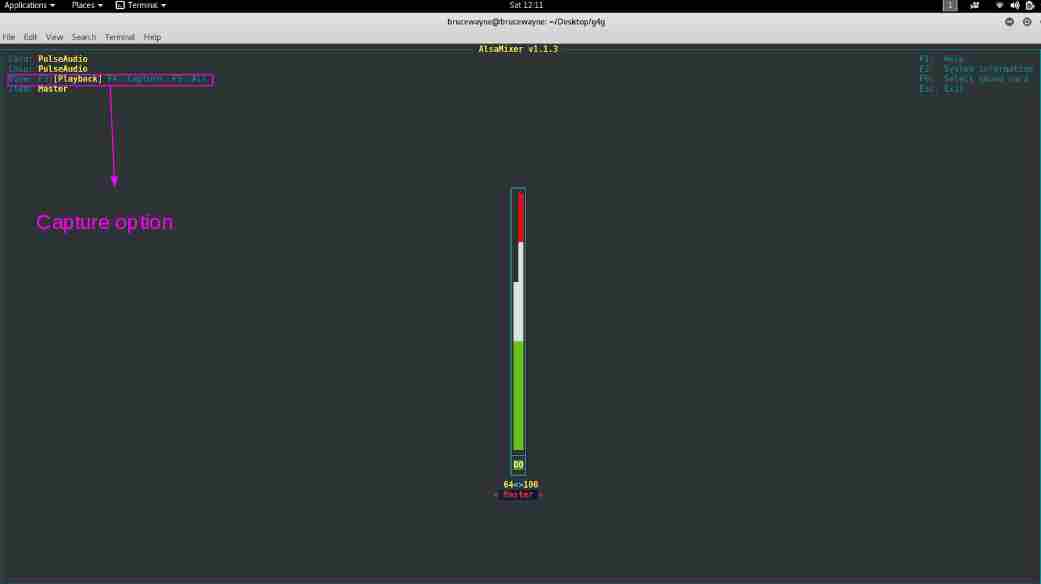给定一个字符串,打印并计数第一个字母比第二个字母频率高的所有前缀。 从用户那里获取两个字母表并进行比较。第一个字母表中的前缀比第二个字母表中的前缀频率高,这样的前缀会被打印出来,否则结果将为0。 例如:
null
Input : string1 = "geek", alphabet1 = "e", alphabet2 = "k"Output :gegeegeek3Input : string1 = "geek", alphabet1 = "k", alphabet2 = "e"Output :0
方法: 取一个空字符串来存储所有前缀的字符串值。然后检查频率高于第二个字母的字母表。如果没有发现这种情况,那么结果将是 0 前缀。 以下是实施情况:
Python3
# Python program to Count all # prefixes in given string with # greatest frequency # Function to print the prefixes def prefix(string1, alphabet1, alphabet2): count = 0 non_empty_string = "" string2 = list (string1) # Loop for iterating the length of # the string and print the prefixes # and the count of query prefixes. for i in range ( 0 , len (string2)): non_empty_string = non_empty_string + (string2[i]) if (non_empty_string.count(alphabet1) > non_empty_string.count(alphabet2)): # prints all required prefixes print (non_empty_string) # increment count count + = 1 # returns count of the # required prefixes return (count) # Driver Code print (prefix( "geeksforgeeks" , "e" , "g" )) |
输出:
geegeekgeeksgeeksfgeeksfogeeksforgeeksforgegeeksforgeegeeksforgeekgeeksforgeeks10
时间复杂性: O(N),其中N是字符串的长度
辅助空间: O(N)
© 版权声明
文章版权归作者所有,未经允许请勿转载。
THE END


![关于”PostgreSQL错误:关系[表]不存在“问题的原因和解决方案-yiteyi-C++库](https://www.yiteyi.com/wp-content/themes/zibll/img/thumbnail.svg)





